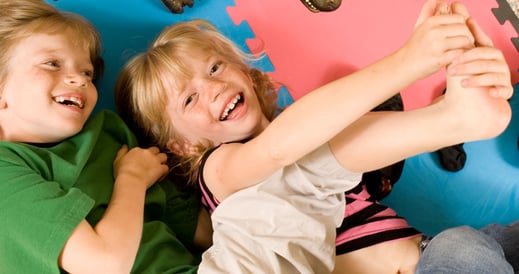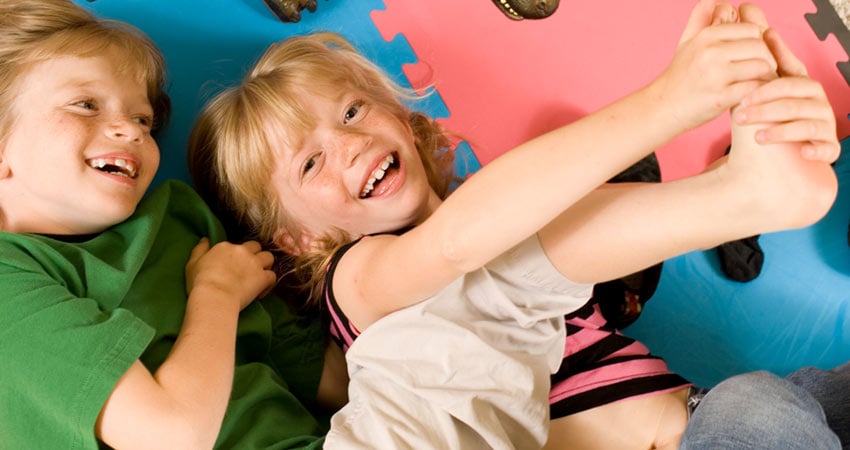

Dear Master Coders,
I recently heard about risk competency and big body play at a local teaching conference. I have spent time considering this in relation to our Head Start program. One of the questions I have been asking myself is how some play that might be considered "roughhousing" will impact CLASS scores in Behavior Management. Behaviors that typically appear aggressive (pushing, hitting, building a "sword" out of markers and then using it to inadvertently hit another child) lower the score in this dimension. Do I change the way I view this interaction in terms of CLASS? Does this put me at risk for no longer being reliable? What advice do you have regarding this?
Thanks!
Wow. What great questions! There’s a lot to unpack here, so I want to take this one piece at a time.
“Behaviors that typically appear aggressive (pushing, hitting, building a "sword" out of markers and then using it to inadvertently hit another child) lower the score in this dimension.”
This may seem true at first glance, but it’s not necessarily accurate. Behavior Management is defined as: “Encompassing the teacher's ability to provide clear behavioral expectations and use effect methods to prevent and redirect misbehavior.”
Observers in this scenario should consider the teacher’s interaction to assign a range to the Behavior Management dimension. Did she set clear behavioral expectations? Was she proactive? Did she use effective and subtle redirect when necessary? Finally, and most importantly in this scenario, observers must determine if the management of the student behavior takes time away from learning
If the teacher is clear about the expectations for how long children can engage in big body play, if she pays attention to times that they may not be able to meet the expectations by monitoring and redirecting, little time would be spent managing behavior. In other words, no time would be lost or detracted from the activity.
“Do I change the way I view this interaction in terms of CLASS?”
I don’t think you need to change the way you view the interaction, but you do need to look at the context in which the children are roughhousing to see how to code the interactions.
First you would look to the children to see if they are they truly angry and aggressive. If so, you would probably sort into Negative Climate under the negative affect marker.
If the children were having fun roughhousing, you would code the interactions differently. The dimensions of Positive Climate and Regard for Student Perspectives could also be noted as the children are building relationships and actively moving to get their energy out.
At the same time, the teacher might constantly remind the kids to play safe or settle down. If the children do not comply, this would affect Behavior Management.
Does this put me at risk for no longer being reliable? What advice do you have regarding this?”
In most instances, you should be able to distinguish between big-body play and aggressive, harmful behavior. You can note these interactions and still maintain CLASS reliability.
Have you experienced any other gray areas while conducting CLASS observations? Have questions about how to code specific interactions? Email us your questions at observersupport@teachstone.com or let us know in the comments below.

